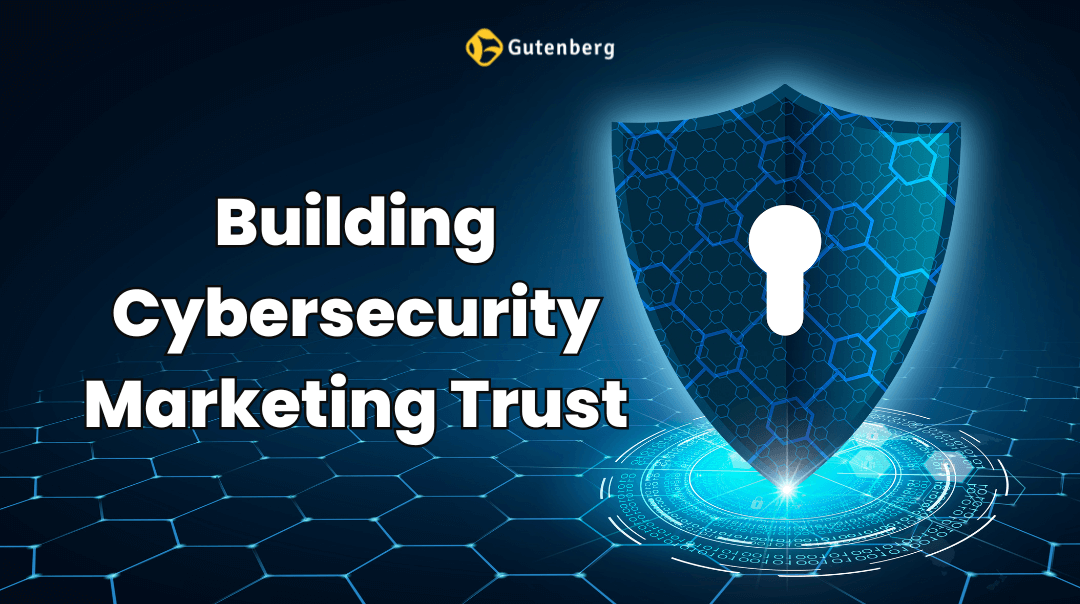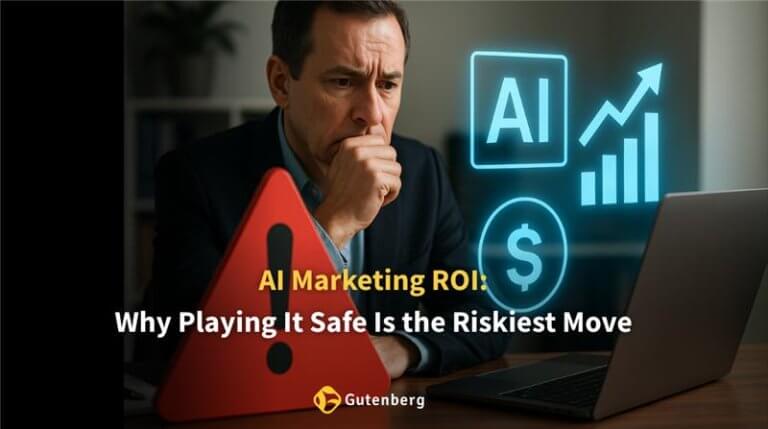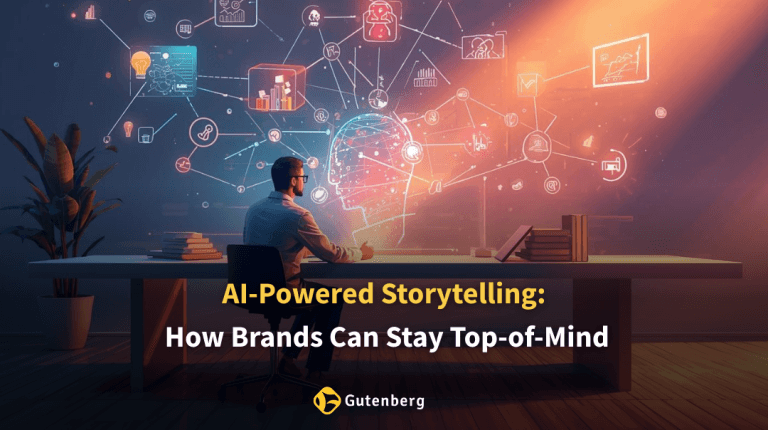Trust is not a byproduct in cybersecurity marketing—it’s the core currency and the foundation of every decision. Yet, for years, marketers have leaned heavily on fear. Alarmist headlines, breach statistics without context, and vague promises of protection have become the norm. The result? Fatigue, skepticism, and reduced credibility.
In this blog, we’ll explore why trust is now essential in cybersecurity communication, how over-reliance on fear weakens long-term impact, and what brands can do to earn attention through credibility. We’ll look at specific ways to build cybersecurity marketing trust, avoid fear-based messaging, and create marketing strategies that actually resonate with decision-makers.
Why Trust Matters More Than Ever in Cybersecurity Marketing
For enterprise buyers and IT leaders, trust is no longer optional—it’s expected. Security is personal, and any decision made can expose sensitive data, reputations, or infrastructure. That makes cybersecurity marketing trust more than a buzzword. It’s a foundation for purchase.
The average cost of a data breach reached $4.45 million in 2023, a 15% increase over three years. Businesses want solutions they can count on—not scare tactics. They’re increasingly turning away from brands that overstate risks and instead choosing vendors that communicate clearly and transparently.
In this shift, trust in cybersecurity marketing becomes a defining feature. It separates helpful brands from noise-makers, and helps maintain attention in a crowded space.
The Pitfalls of Fear-Based Cybersecurity Marketing
For years, many companies have used fear to sell cybersecurity. These tactics often rely on worst-case scenarios, unnamed threats, or hyperbolic language. It might grab attention momentarily, but over time, it chips away at credibility.
This kind of fear-based cybersecurity marketing is widely known as FUD—Fear, Uncertainty, and Doubt. And it no longer works like it used to.
The biggest issue? Fear creates pressure, not trust. When a brand constantly focuses on risks, it leaves little room for thoughtful decision-making. That leads to suspicion, reduced engagement, and lower conversion rates. This is where a shift in approach is not only necessary—it’s overdue.
Foundations for Building Credibility in Cybersecurity Marketing
- Transparency Matters: Clear, specific communication outperforms exaggerated claims. Brands need to say what their product does—and just as importantly, what it doesn’t do. Overpromising may drive initial clicks, but it harms long-term cybersecurity marketing trust.
- Education Over Alarm: Audiences today are well-informed. Providing useful, practical insights builds credibility. This could include breakdowns of how threats work, explanations of security protocols, or strategic advice.
- Social Proof and Validation: Case studies, certifications, and third-party analyst mentions help in building credibility in cybersecurity. But they need to be presented clearly and sparingly—focusing more on clarity than hype.
- Consistency Across Touchpoints: Whether it’s the website, email outreach, or sales presentations, consistency in message and tone builds familiarity. This reliability supports trust in cybersecurity marketing, making it easier for buyers to remember—and return.
Credibility-Driven Cybersecurity Marketing Strategies
- Value-First Content Creation: Instead of telling clients what could go wrong, show them how to prevent it. Detailed blog posts, explainer videos, and technical walkthroughs serve dual purposes—they educate and build cybersecurity marketing trust.
- Authentic Customer Voices: Buyers want to hear from people like them. This means testimonials, industry reviews, or peer recommendations. It’s not just about validation—it shows that your product performs in the real world.
- Subject-Matter Visibility: Being part of industry conversations—through webinars, panels, or contributed articles—positions your brand as thoughtful and informed. These efforts go a long way in building credibility in cybersecurity.
- Clear, Measured Messaging: Avoid urgency or fear. Use calm, factual language. If a threat is real, explain it with clarity and context. Brands that communicate this way tend to earn longer attention spans and greater respect.
How Gutenberg Helps Build Trust in Cybersecurity Marketing
At Gutenberg, we work with cybersecurity companies to create clear, credible, and strategic marketing that connects. Our team understands the nuances of technical storytelling and works closely with brands to shape narratives that don’t just attract attention—but sustain it.
Instead of hype, we prioritize depth and transparency. We help clients simplify complex ideas, avoid fear-based messaging, and use content formats that work across channels. From strategic messaging to integrated marketing campaigns, our focus is on helping brands build lasting cybersecurity marketing trust.
We’ve partnered with enterprise technology and IT service providers looking to move away from loud, short-lived marketing. If your goal is to create clarity and build confidence among your buyers, our approach is built for that.
Let’s connect and talk about how we can help reposition your brand with greater trust and sharper impact.
Measuring Trust: What Credibility Looks Like in Practice
- Higher content engagement: If visitors spend more time on educational resources, or if downloads and newsletter sign-ups increase, it’s a sign your message is resonating.
- Lower bounce rates and better return visits: Brands that build trust often see buyers returning multiple times before making contact. That return traffic is a quiet endorsement.
- More referrals and inbound leads: If existing clients recommend your brand or if sales mentions include “found your blog helpful,” those are signals of strong cybersecurity marketing trust.
- Brand mentions in credible forums: Mentions in analyst reports or B2B communities reflect that you’re seen as trustworthy by peers—not just your own marketing team.
According to Gartner, by 2026, over 40% of organizations with consumer-facing applications will rely on specialized providers for anomaly detection, up from less than 10% in 2022. This shift underscores the demand for credible, specialized partners. Trust is reflected in behavior. Look for indicators like increased time on page, return visits, and direct referrals—these are strong signs of trust in cybersecurity marketing at work.
Conclusion: Shifting from Fear to Trust in Cybersecurity Marketing
Fear might spark attention, but it doesn’t build relationships. Cybersecurity buyers today are not just looking for protection—they’re looking for clarity, insight, and confidence in their partners.
Brands that prioritize education, transparency, and consistency will stand out. Those that continue to rely on fear-based messaging may see short-term gains, but they’ll lose long-term relevance.
Ultimately, cybersecurity marketing trust is not built overnight—it’s earned through clarity, consistency, and credibility.
















